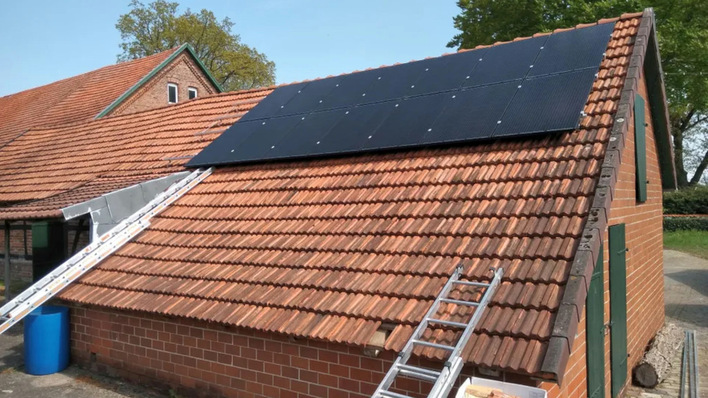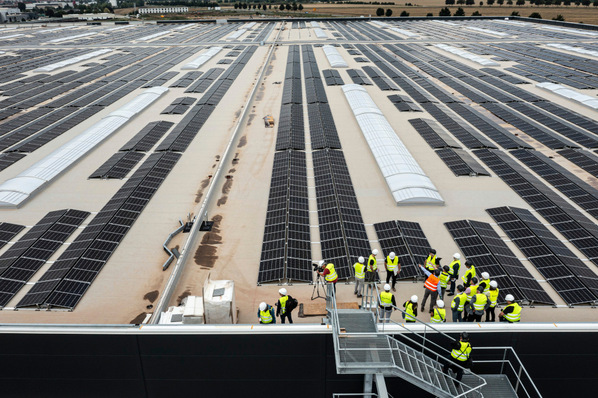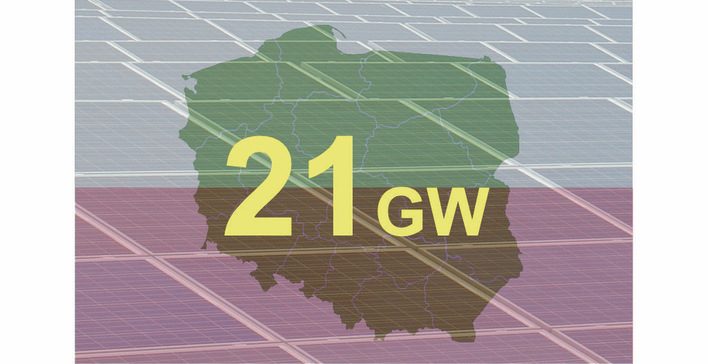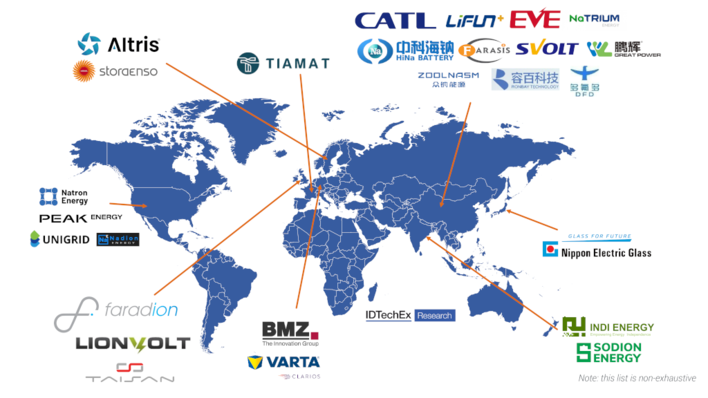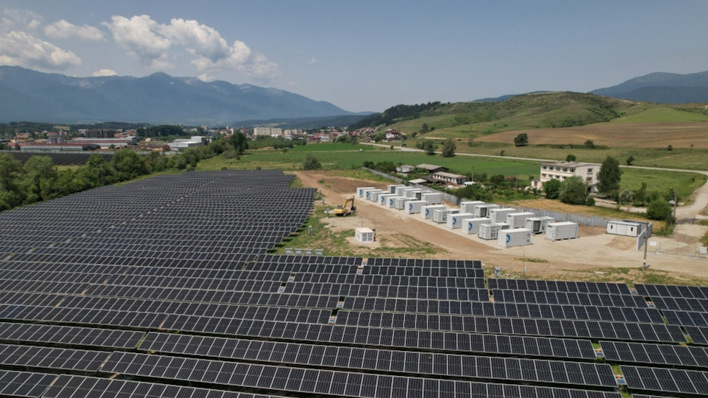Recent developments in factory construction reflect growing momentum toward mass production of solid-state batteries (SSBs). Blue Solutions, for example, has been producing polymer-based SSBs at scale for a decade. The company now plans to build a gigafactory in Alsace, France, with an expected annual capacity of 25 GWh by 2030 – enough to supply around 250,000 electric vehicles per year.
Taiwanese SSB manufacturer ProLogium Technology has inaugurated the world’s first giga-scale solid-state battery factory in Taoyuan, Taiwan. With an initial capacity of 2 GWh, it focuses on producing high-silicon anode SSBs for electric vehicles and serves as a platform for scaling up global production.
ProLogium is also advancing its €5.2 billion gigafactory project in Dunkirk, France. Construction is expected to begin in late 2024 or early 2025, with mass production planned for 2027 and a target capacity of up to 48 GWh per year.
Other companies have also announced plans for gigafactories dedicated to SSB manufacturing – a key step toward meeting future demand at scale. These facilities aim to produce high-quality batteries while refining production methods to improve cost efficiency without compromising performance.
Solid-state batteries: A revolution or just hype?
Solid-state batteries (SSBs) have drawn widespread attention for their potential to deliver high energy density, enhanced safety and flexible designs. Some reports suggest that SSBs offer rapid charging and lower manufacturing costs through higher energy density and economies of scale. These advantages have prompted many to describe SSBs as the “holy grail” of next-generation batteries. However, full commercialisation remains slow. Many so-called commercial SSBs are in reality semi-solid, and still depend on liquid electrolytes. In some cases, SSBs have yet to show clear gains in energy density over advanced liquid-electrolyte lithium-ion batteries.
Expert view – “Battery storage must be as lucrative to make as to use”
All the while, traditional lithium-ion batteries continue to improve, delivering better performance and cost efficiency. This has led some experts to question whether SSBs are overhyped and if resources might be better spent on refining mature lithium-ion technologies with established production infrastructure and supply chains. According to IDTechEx, improved safety remains the strongest value proposition of SSBs, followed by potential gains in energy density. However, achieving higher energy density often depends on adopting new electrode materials, particularly for the anode – a shift that brings challenges such as the need for specialised manufacturing and new supply chains.
Reshaping global supply chains
The commercialisation of SSBs is expected to significantly affect global supply chains. Lithium-ion battery production has historically been dominated by East Asian countries such as Japan, China and South Korea. However, Europe and North America are increasingly entering the race, aiming to localise battery manufacturing closer to end-use markets. The adoption of new materials – including lithium metal anodes, silicon anodes and solid-state electrolytes – points to a potential reshaping of the battery supply chain.
Sodium-ion batteries – “built for trade resilience
This shift is not only technological but also strategic. Governments around the world are backing initiatives to build regional manufacturing hubs and reduce dependence on existing supply chains. These developments create opportunities across sectors such as materials development, component design, manufacturing processes and technical know-how. The global race highlights the growing importance of solid-state batteries as a cornerstone of next-generation energy storage.
Electric vehicles lead the charge
With their immense market potential, electric vehicles (EVs) remain the primary focus for solid-state battery (SSB) development. Automotive original equipment manufacturers (OEMs) are heavily investing in or co-developing SSB technologies through joint ventures and collaborations, and throughout, EV applications remain attractive as automotive OEMs can provide substantial funding and are less sensitive to cost compared to consumer electronics markets.
However, not all SSB technologies are immediately suitable for EV applications. Batteries with limited capacity or power are often aimed at niche markets, including small Internet of Things (IoT) sensors used in harsh environments that require extreme temperature resistance and long operational lifespans. For instance, IoT sensors deployed in industrial monitoring or remote environmental tracking need compact, durable energy solutions capable of withstanding wide temperature ranges – making them well-suited to certain SSB technologies.
Stay informed – subscribe to our free newsletters
In recent years, drones and robotics have also emerged as key target markets for SSB. These sectors demand high energy density and strong safety performance – both core advantages of solid-state technology. Drones benefit from lightweight batteries that support longer flight times, while robotics require compact, reliable power sources for advanced functions. Their relatively accessible entry points and performance alignment make them an increasing focus for SSB developers.
Shifting from cells to systems
The shift from laboratory-scale research to commercial production has moved industry priorities from individual cell development to system-level integration. Manufacturers are now focused on optimising battery packs and systems for large-scale applications such as EVs and grid storage. This includes advancing battery management systems (BMS) for improved safety and efficiency, and designing structures for mechanical optimisation.
Expert insight – ten key tech trends shaping renewables
System-level considerations are essential for meeting the complex demands of large-scale applications. By focusing on these aspects, manufacturers hope to enhance overall performance while addressing safety – always a critical factor for sectors such as transport and renewable energy storage.
Overcoming cost and scalability challenges
Cost reduction and scalability remain major challenges as production ramps up. Efforts are focused on streamlining manufacturing processes while maintaining performance standards at lower cost. Meanwhile, issues such as cell pressure management – which directly affects battery lifespan and safety – are drawing increased attention from both researchers and manufacturers.
These developments reflect the industry’s commitment to overcoming technical and economic barriers to enable the broader adoption of advanced battery technologies. For example, companies such Blue Solutions have been producing polymer-based SSBs for over a decade, demonstrating long-term engagement despite ongoing challenges. (hcn)




